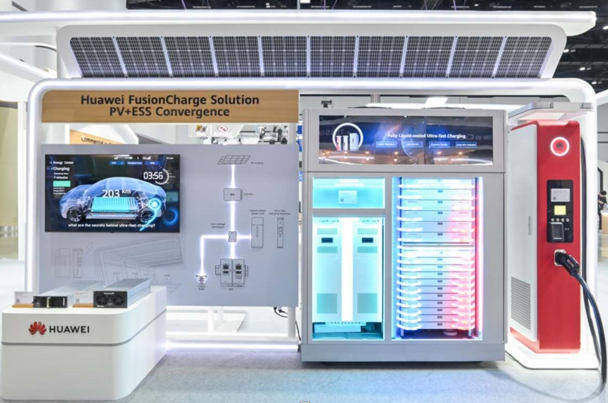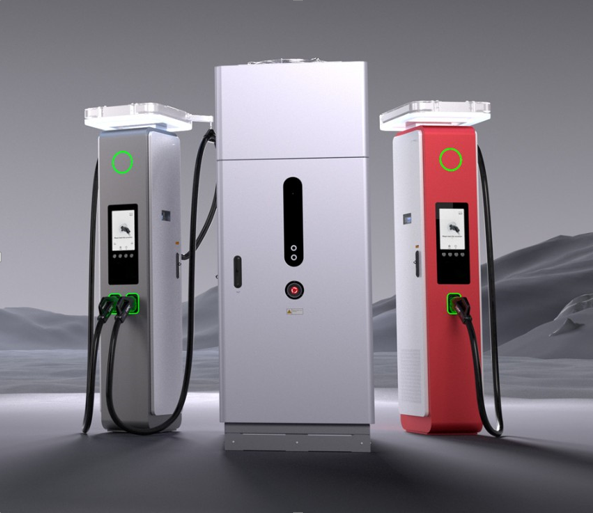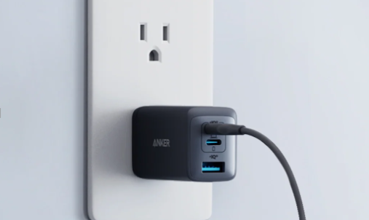How EVs Benefit from Liquid-Cooled Systems?

Electric vehicles (EVs) depend on battery efficiency and stability to achieve peak performance. One of the most efficient methods to regulate battery heat is via liquid-cooled systems. These technologies aid in temperature control during high-performance activities like quick charging, extended trips, and adverse weather conditions. Compared to air cooling, which struggles to handle fast heat accumulation, liquid cooling provides superior thermal control and energy efficiency. As EV technology advances, more efficient cooling solutions become necessary. Understanding how liquid cooling works and what it brings to the table allows customers to make smarter EV decisions, particularly when combined with developments like the NEV fast charger.
How Do Liquid-Cooled Systems Work in EVs?
Key Components of a Liquid Cooling System
An EV’s liquid-cooled system consists of a coolant reservoir, pump, heat exchanger, cooling plates, and control devices. The pump distributes coolant via channels in battery packs to absorb heat produced during operation. This heated coolant then runs via a heat exchanger, where surplus thermal energy is released into the environment. Cooling plates lay between battery modules, allowing for direct heat transmission. Sensors continually monitor the temperature, and control units change coolant flow in response. This closed-loop technology keeps the battery within safe operating parameters, resulting in constant vehicle performance and battery life.
See also: How Low-Code Platforms Are Empowering Citizen Developers in the Workplace
The Science Behind Heat Transfer Efficiency
Liquid cooling uses fluids’ better thermal conductivity to absorb and move heat more efficiently than air. Coolant runs directly over components that generate heat, such as battery cells and power electronics. Because of its increased heat capacity, the fluid can absorb more energy while remaining at a constant temperature. Once heated, the liquid releases its stored energy via the heat exchanger. This technique generates a steady temperature environment, increasing efficiency and reducing component strain. Even under high loads or during quick charging cycles, the system maintains an optimal temperature due to the continuous cooling rate.

What Are the Main Advantages of EV Liquid Cooling?
Enhances Battery Lifespan and Charging Speed
Batteries deteriorate quicker when they are overheated. Liquid cooling reduces temperature spikes during high-speed charging and driving, ensuring battery cell integrity. It also supports larger charging currents, allowing for quicker recharging without the danger of overheating. Liquid cooling reduces thermal stress, extending battery life. As a consequence, EVs can better support technologies such as NEV rapid chargers. This combination of temperature control and high-current support results in faster charging times and fewer long-term battery concerns, giving EV users more convenience and dependability.
Improves Performance in Extreme Temperatures
Extreme heat or cold degrades battery performance. Liquid cooling systems keep internal temperatures stable, resulting in steady power production independent of external circumstances. In warmer areas, the coolant rapidly absorbs and disperses heat, reducing power loss. In colder climates, the device may pre-warm the battery, boosting starting and range. This thermal stability guarantees that the EV retains its maximum driving range and power output. Whether driving through summer heat or winter snow, liquid cooling improves EV reliability, making them more appropriate for different geographic markets and year-round usage.
Boosts Safety and Prevents Thermal Runaway
Thermal runaway happens when overheated batteries cause a chain reaction that results in a fire or an explosion. Liquid cooling mitigates this danger by efficiently regulating heat accumulation. The technology maintains acceptable operating temperatures by continually draining heat away from the battery cells. If a malfunction occurs, the cooling system can isolate and confine the afflicted region, minimizing damage. Sensors and smart controls can give early warnings, enabling action before situations worsen. This degree of safety reassures both customers and regulators, making liquid-cooled EVs more reliable for everyday usage and long-distance travel.
Are Liquid-Cooled EVs the Future?
Growing Adoption by Major EV Manufacturers
Leading EV manufacturers such as Tesla, BMW, and BYD have made liquid cooling a regular feature in new vehicles. These firms acknowledge its potential to improve battery dependability, safety, and performance. As customer demand for greater range and quicker charging rises, manufacturers are investing extensively in better heat management. Liquid-cooled designs are currently seen in both luxury and mid-range EVs, indicating widespread acceptability. This broad acceptance shows not just a trend but also a required advance in electric vehicle design. With restrictions tightening on battery safety and economy, liquid cooling is quickly becoming a must-have element in popular electric cars.
Future Innovations in Liquid Cooling Tech
Emerging technologies are taking liquid cooling beyond its fundamental functions. Engineers are looking at improved coolants with increased thermal capacity, nanofluid additives, and microchannel designs to improve heat transfer. Integrated thermal management systems that incorporate battery, motor, and cabin cooling into a single loop are under development. Smart AI controls may adjust cooling settings in real time depending on driving behavior and ambient factors. These advancements promise to make EVs more efficient and dependable. As cooling systems become more intelligent and compact, they will allow even quicker charging, lower system weight, and pave the way for next-generation NEV fast charger compatibility.
What It Means for EV Buyers and Drivers
For purchasers, liquid cooling provides peace of mind. It indicates that the EV is designed for quicker charging, longer battery life, and safer operation. Drivers benefit from improved performance on road trips, inclement weather, and urban commutes. With more manufacturers adopting this tech, it’s easier than ever to find models that support rapid charging with an NEV fast charger. Increased efficiency also results in cheaper maintenance costs and a greater resale value. Finally, liquid-cooled EVs provide a practical advantage in real-world operation, making them an appealing option for both new and experienced electric car drivers.
Conclusion
Liquid-cooled technologies are altering the way electric cars handle heat. They guarantee that batteries stay safe, efficient, and durable under a variety of driving and charging circumstances. With important advantages such as increased lifetime, improved temperature resistance, and lower safety hazards, these technologies are fast becoming standard in current EVs. The rising emphasis from manufacturers and innovators points in a clear direction: heat management is critical to EV progress. When combined with technologies like the NEV quick charger, liquid cooling allows for even greater EV performance and convenience. As EV usage grows, liquid cooling emerges as a game changer worth understanding and investing in.




